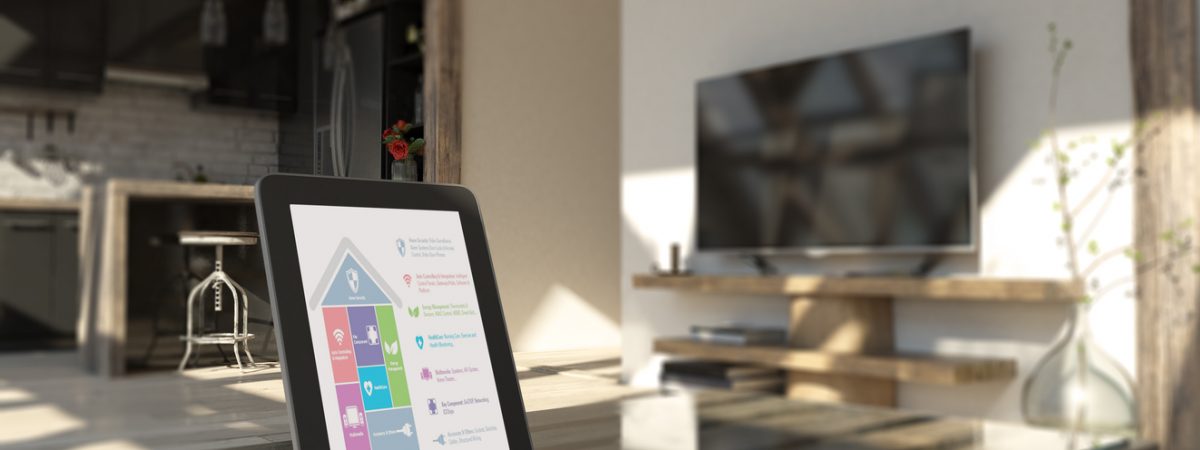For a long time, I guided my finances by dates. I lived a financial life that was very much reactive rather than proactive. I would go on spending sprees on payday and then wonder why I was out of money by the middle of the next week. I couldn’t even say that I lived paycheck to paycheck. My spending was out of control, and I knew it. I was scared for my financial future in a way I had never been before. That’s when I decided to make a change and start to track my spending.
How to Track Your Spending
I created a spreadsheet. Lots of spreadsheets, actually — one for every month of the year. I began to track every bit of money that came into and left my hands. I began to estimate my expenses months in advance and prioritize savings over unnecessary expenses like recreation.
Tracking my expenses was a key part of getting my financial life together.
I started seeing how much I was spending in certain categories — especially on food and drinks — and I used that information to cut back on frivolous spending and begin saving more money. I was able to trick my brain into not spending as much.
If you’re not good with technology, you don’t necessarily have to make spreadsheets. But you should have some method to keep track of the money that you spend and receive.
Why It’s So Important to Track Your Spending
Expense tracking used to be done on checkbook ledgers, but these days, almost nobody carries a checkbook. In today’s digital world, money has become abstract. It’s no longer dollars in our wallet, but numbers on our screens. This has caused a disconnect between reality and our perceptions thereof. That’s going to be a growing problem going forward, with younger generations growing up in a world surrounded by Apple Pay and cashless transactions. The need to deliberately track the money we spend is growing more necessary every day.
Tracking your expenses is the first step to creating a real budget. Baby steps are the key to financial wellness, and this is a baby step to a budget. Track your spending so that you know where your money goes. Then you can start to build a budget around that knowledge. Eventually you’ll be sitting pretty in a boat flush with cash. Or that’s the idea, anyway.





Pingback : Truebill Review: Could This App Save You Money? | CentSai
Pingback : 8 Easy Steps to Create a Budget (Video) | CentSai
Pingback : What Is Net Worth and How Do You Calculate It? | CentSai